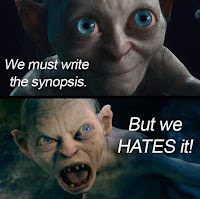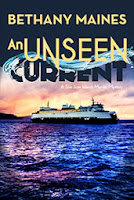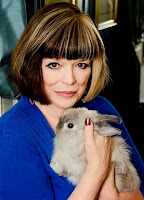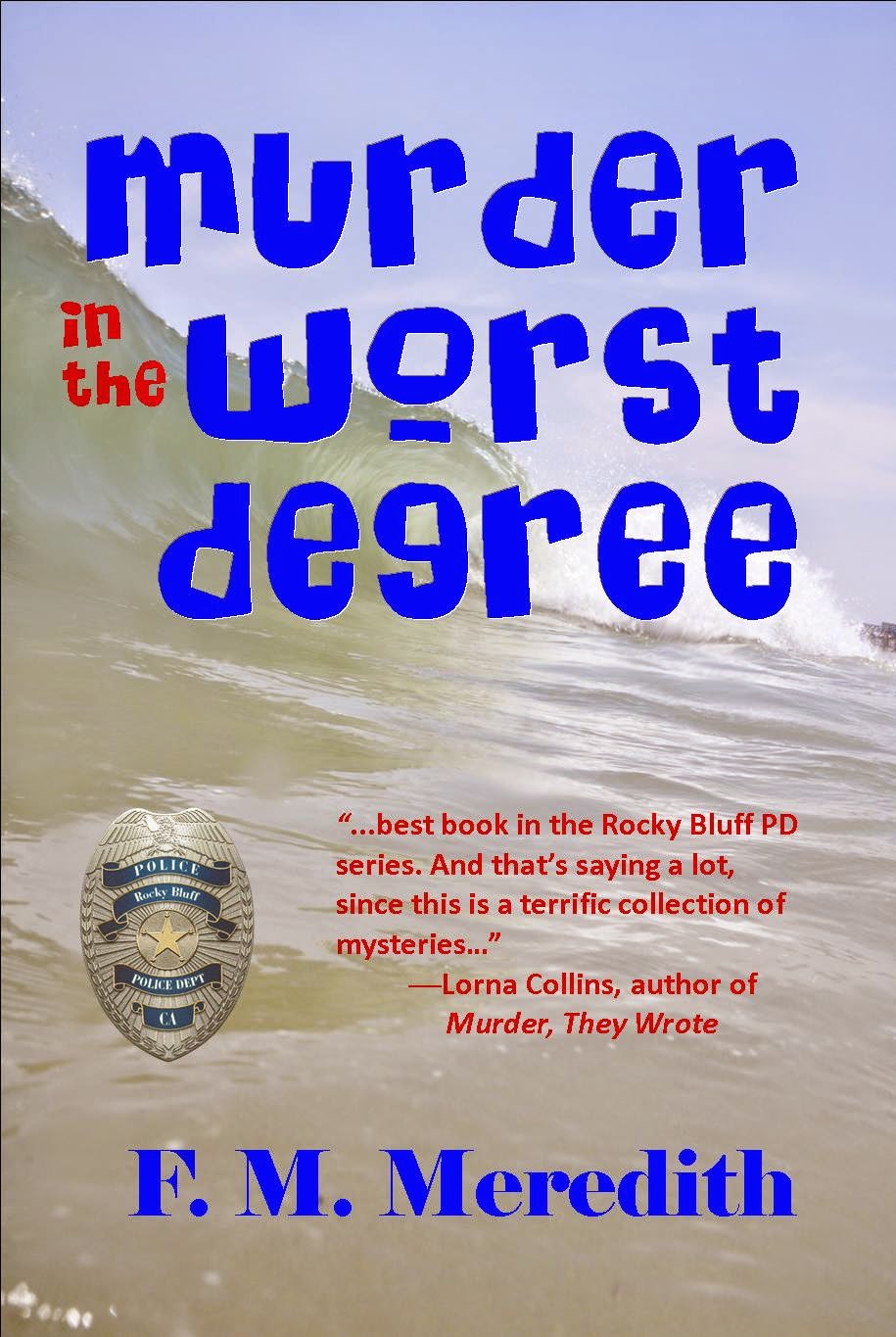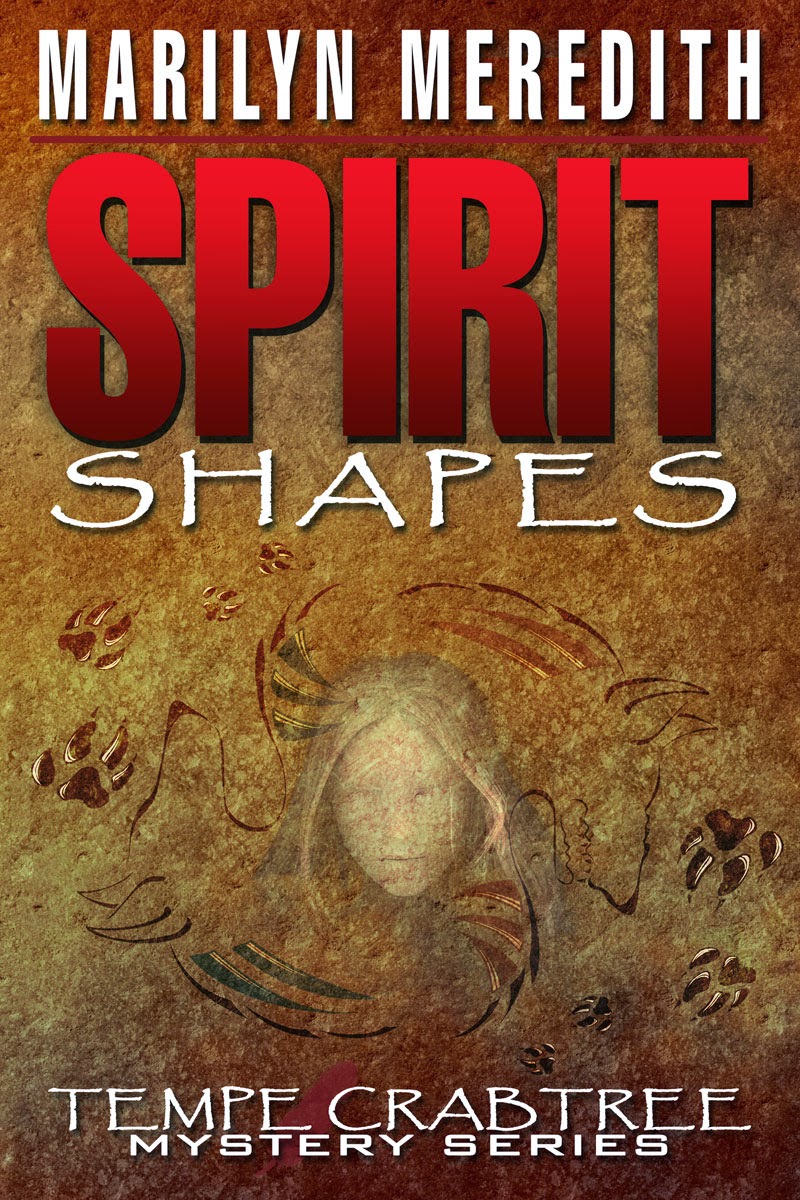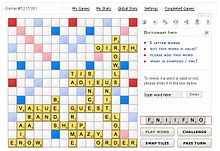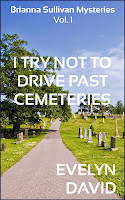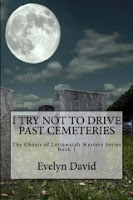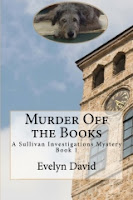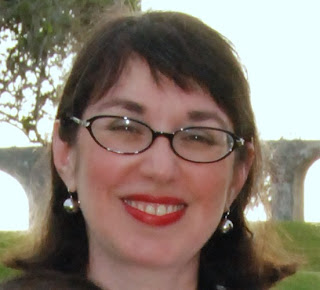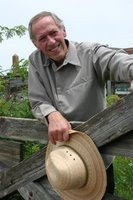Clues
by Bethany Maines
mystery An Unseen Current. While
thematically not that different from my other books (a young person struggles
with unusual circumstances while navigating the choppy waters of family, love,
and friends), mysteries bring a special level of challenge to the mix. For one thing, people expect clues. Oh, there’s a dead body? Well, writer, where are the clues? Chop, chop! Produce the clues!
those clues. Too early and readers are
bored because they already solved it.
Too late and it seems like the author is cheating and wedging
information to justify who the killer is at the last second. Then, even if the writer does pop a clue in
the right place, she can’t be too precious about it. The author can’t present it on a silver
platter with a neon arrow stating: Clue Here!!
To accomplish the correct where and when of clue placement requires a
stronger outline than other genres. And
that means that I must do what every writer hates doing—not writing.
spending time with the made up people who populate my brain. Outlining requires problem solving and all
the leg work of deciding back stories and motivations and the literal who,
what, when, where and why of who was murdered. (It was Professor Plumb in the
Library with the Candlestick, in case you were wondering.) But mostly it leaves me thinking: Are we
there yet? What about now? Can I start
writing now?
ended up behind a bar in Anacortes.
You never know what’s beneath the surface.
When Seattle native Tish Yearly finds herself
fired and evicted all in one afternoon, she knows she’s in deep water.
Unemployed and desperate, the 26 year old ex-actress heads for the one place
she knows she’ll be welcome – the house of her cantankerous ex-CIA agent
grandfather, Tobias Yearly, in the San Juan Islands. And when she discovers the
strangled corpse of Tobias’s best friend, she knows she’s in over her head.
Tish is thrown head-long into a mystery that pits her against a handsome but
straight-laced Sheriff’s Deputy, a group of eccentric and clannish local
residents, and a killer who knows the island far better than she does. Now Tish
must swim against the current, depending on her nearly forgotten acting skills
and her grandfather’s spy craft, to con a killer and keep them both alive.
Mae Mysteries, Wild Waters, Tales
from the City of Destiny and An
Unseen Current. You can also view the Carrie Mae youtube video
or catch up with her on Twitter and Facebook.

